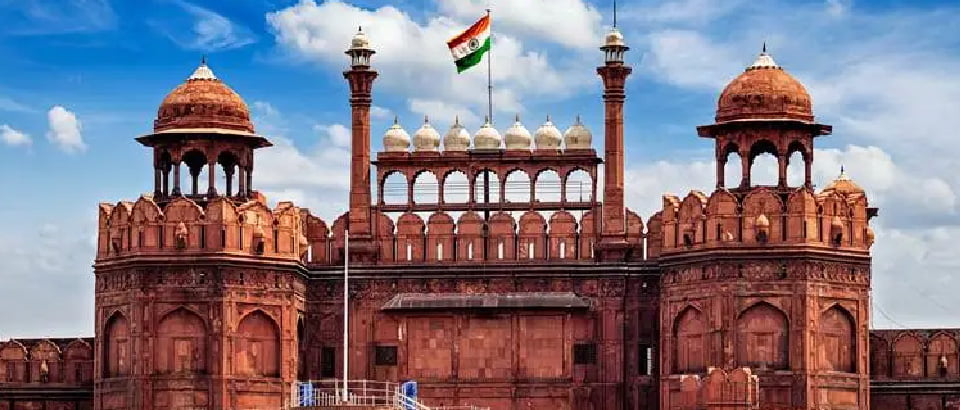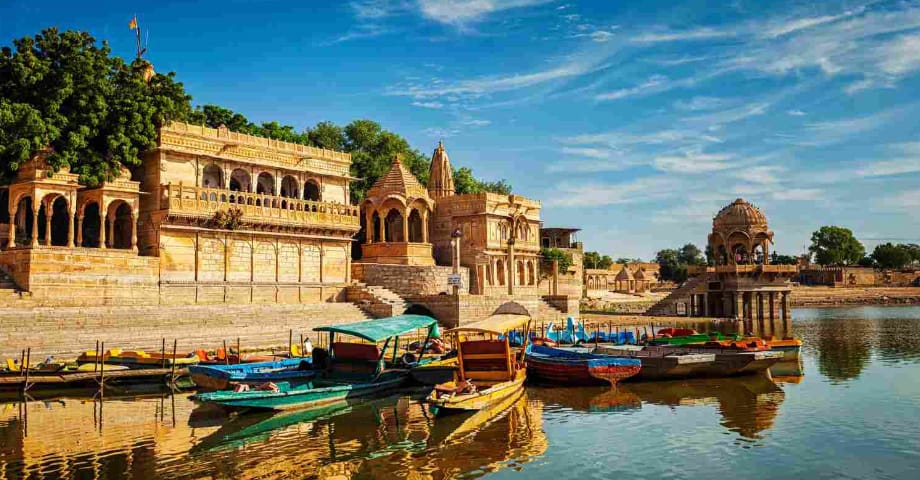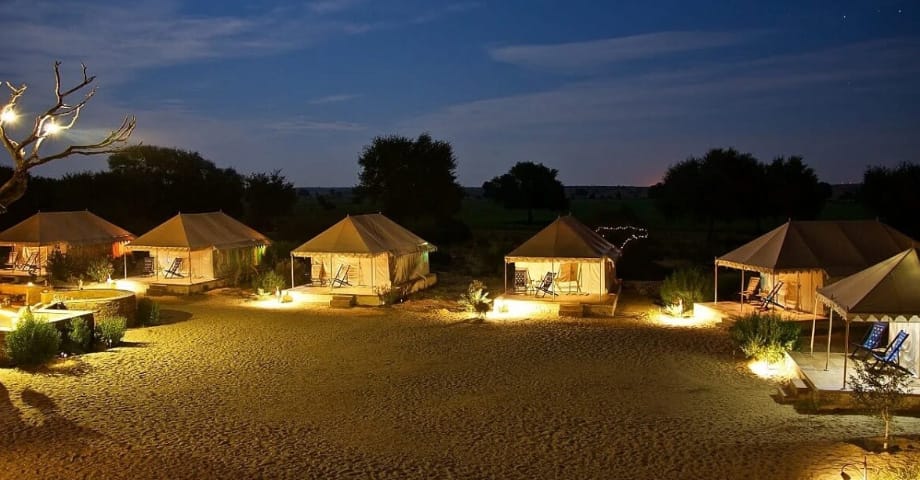- Have Any Question ?
- +91-9929358785
- 01414054824
- Info@thepinkcityholidays.com
Red Fort / Lal Qila Delhi (Entry Fee, Timings, History, Built by, Images & Location)

B2B Travel Agency in Uttarakhand
July 12, 2024
Best Time to Visit Jhalana Leopard Safari – Jaipur
July 12, 2024Red Fort / Lal Qila Delhi (Entry Fee, Timings, History, Built by, Images & Location)
The Red Fort or Lal Qila in Delhi is an iconic landmark, renowned for its historical significance and architectural grandeur. Being a famous UNESCO World Heritage Site, Red Fort represents the zenith of Mughal style of architecture and serves as a reminder of the grandeur of the Mughal Empire. Comprising many buildings with intricate carvings, floral motifs, double domes and a majestic defense wall of around 2.5 kms, Red Fort is sprawling over an area of 255 acres.
In this article, we have a comprehensive tour guide to understand the Red Fort, including its entry fee, timings, history, architecture and location.
History of Red Fort –
Delhi’s Red Fort was built by Mughal Emperor Shah Jahan in 1638 as the main residence for the Mughal emperors. It was built as a part of his new capital, Shahjahanabad and served as the seat of Mughal power for around 200 years. The fort is a symbol of India’s rich Mughal heritage and played a major role in shaping the country’s glorious past. After the British East India Company took control over Delhi in 1857, the fort became a symbol of the struggle for independence. It was from the Red Fort that Jawaharlal Nehru, the first Prime Minister of Independent India, delivered his famous speech on the British Colonial era on 15th August, 1947.
Architecture of Red Fort –
The Red fort is itself a masterpiece of Mughal architecture characterized by its enormous red sandstone walls. The walls rise over 33 meters at some points. The fort’s architecture is composed of Persian, Timurid and Indian architectural styles, displaying the Mughal penchant for grandeur and intricacy. Some major attractions of Red Fort’s architecture are –
Diwan-i-Aam – is a grand hall where the emperor would address the public.
Diwan-i-Khas – was used for private meetings with courtiers and dignitaries. It is famous for its elaborate marble throne, known as the Peacock Throne and was adorned with precious gems.
Rang Mahal – was the emperor’s private quarter and is popular for its beautiful interiors like floral motifs and colored tiles.
Moti Masjid – is a stunning white marble mosque within the fort complex, known for its serene and simple designs.
Khas Mahal – was the residence of Shah Jahan and features luxurious interiors with marble inlay work.
Location of Red Fort –
Delhi’s Lal Qila is in the heart of Old Delhi, a chaotic area that is a major cultural and historical center of the city. The fort is located on the western banks of the Yamuna River, offering a strategic location in case of defense.
Entry Fee –
35 per person for Indians
500 per person for Foreign Tourists
25 for Video Camera
80 per person for adults on weekends (Light & Sound show)
30 per person for children on weekends (Light & Sound show)
60 per person for adults on weekdays (Light & Sound show)
20 per person for children on weekdays (Light & Sound show)
Entry Timing –
Monday Closed
Tuesday to Sunday (9:30 AM to 4:30 PM)
Additional Information for Travellers –
Guided Fort Tour: Travellers can opt for audio guides to enhance the experience of historical and architectural information.
Photography: Photography within the fort premises is restricted in a few areas. While professional photography and use of tripods needs special permission.
Security: Due to some security reasons, there’re few restricted checks at the entrance. Large bags and food items are not allowed inside the fort.
Wrapping up –
The Red Fort stands as a monumental emblem of India’s Mughal past and architectural splendor. Its imposing red sandstone walls, intricate designs, and historical significance make it a must-visit destination for history enthusiasts and tourists alike. Whether you’re interested in exploring Mughal architecture, learning about India’s historical milestones, or simply enjoying the majestic surroundings, the Red Fort offers an unforgettable experience. Delhi Sightseeing Tour includes a visit to this grand edifice providing valuable insights into India’s rich cultural heritage and the grandeur of its imperial past.








